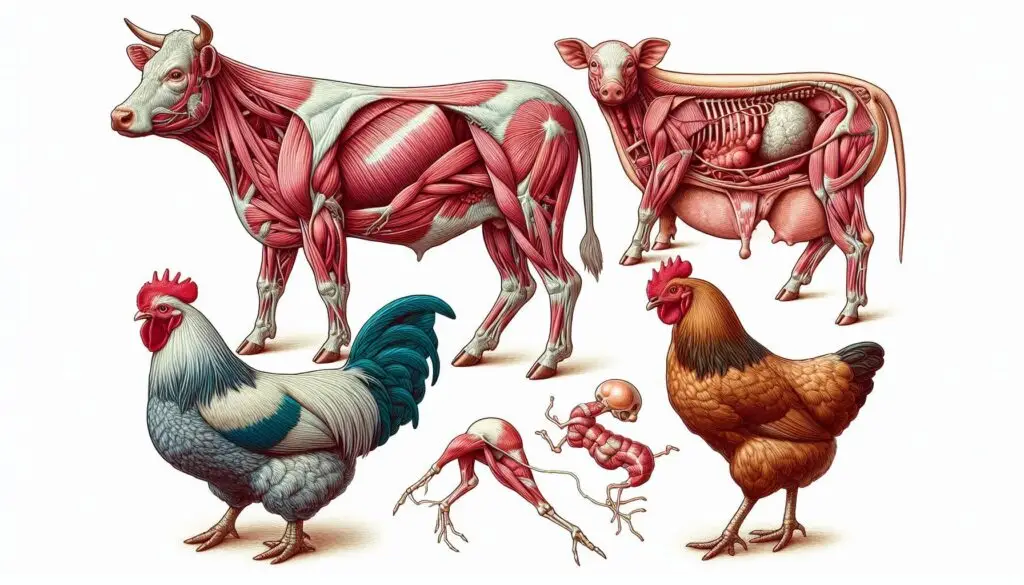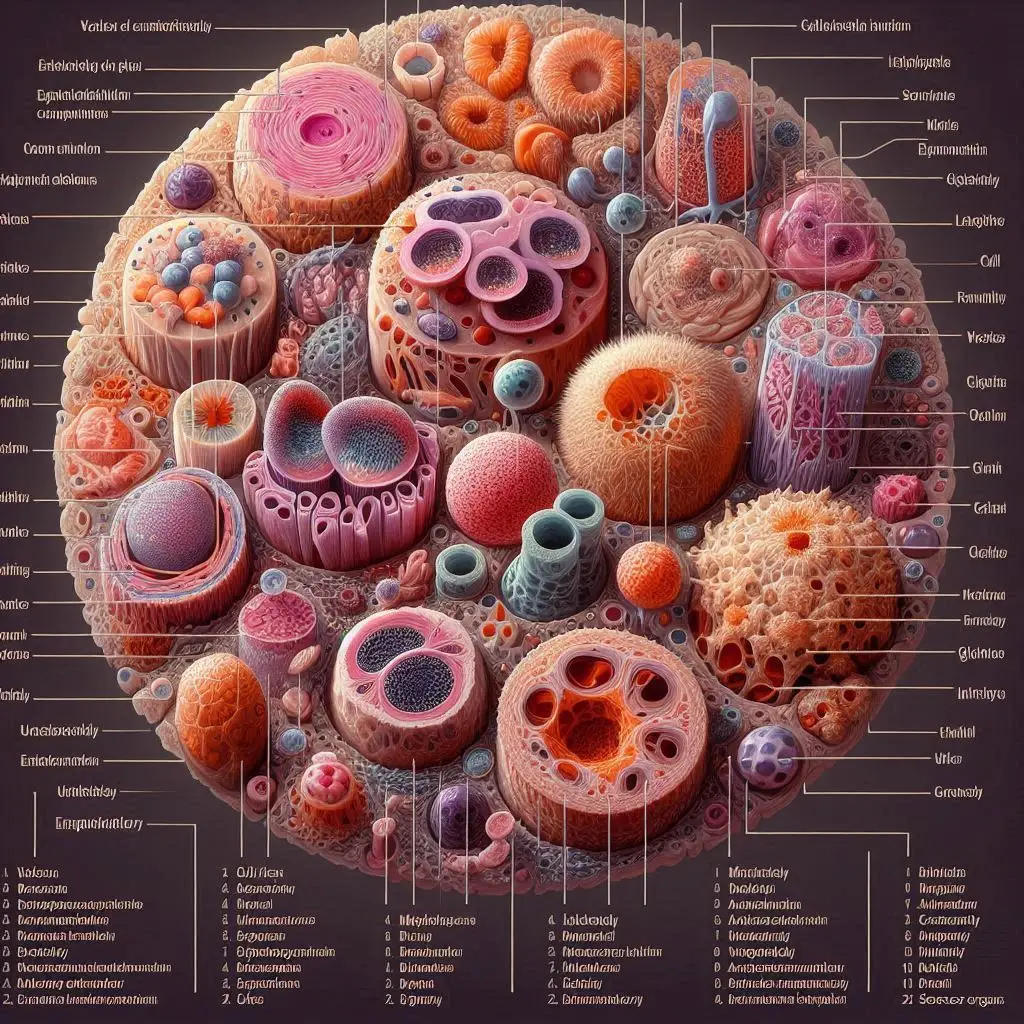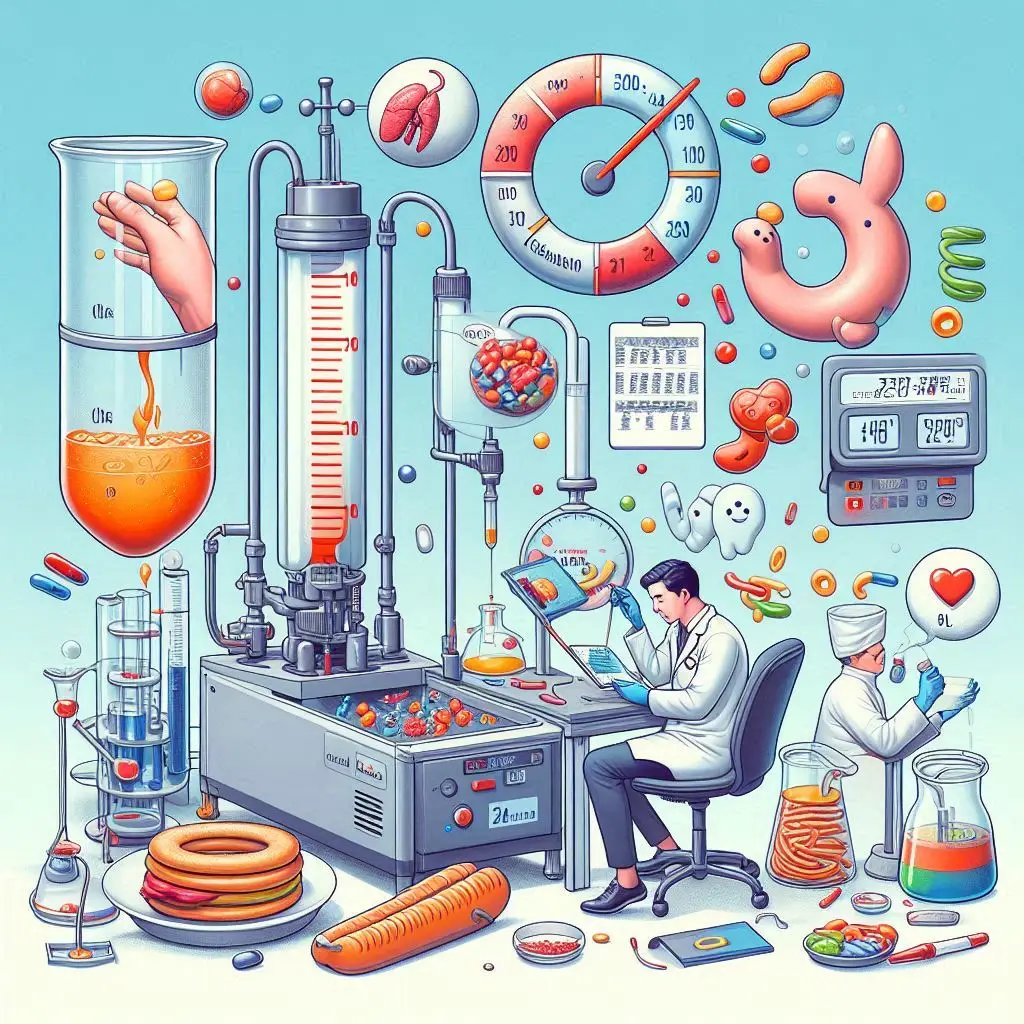Challenges and Risks in Cryopreservation

Introduction to Cryopreservation
Cryopreservation is a vital technique used to preserve biological materials at extremely low temperatures. This method has applications in various fields, including assisted reproductive technologies, stem cell therapies, and biodiversity conservation. Despite its significance, cryopreservation faces numerous challenges that can lead to harmful effects on cells and tissues.
Understanding Cryoprotectants
What Are Cryoprotectants?
Cryoprotectants (CPAs) are substances used to protect biological tissues from damage during the freezing process. Common CPAs include dimethyl sulfoxide (DMSO) and glycerol. These agents help prevent ice crystal formation within cells, which can cause significant damage. According to a review in Nature, new chemical tools for cryopreservation are being explored to enhance outcomes (Nature).
Toxicity of Cryoprotectants
While CPAs are essential for successful cryopreservation, they can also be toxic. For instance, DMSO has been shown to cause epigenetic changes in cell lines, leading to long-term cellular damage. Research indicates that glycerol can induce oxidative stress in certain cell types, such as flounder embryos (Frontiers).
Key Challenges in Cryopreservation
1. Ice Recrystallization
Ice recrystallization is a significant challenge during cryopreservation. This phenomenon occurs when smaller ice crystals merge into larger ones during freezing and thawing. Larger ice crystals can cause mechanical damage to cells and tissues, leading to decreased viability post-thaw (PanTHERA).
2. Cooling and Heating Rates
The rates at which biological materials are cooled and warmed play a crucial role in cryopreservation success. Ideally, samples should be cooled instantly to avoid ice formation; however, practical limitations often result in slower cooling rates. This slow cooling increases the risk of ice crystal formation (Wikipedia).
3. Mechanical Damage
Mechanical damage can occur due to ice formation during the freezing process. Ice crystals can puncture or crush cells, leading to physical destruction. This damage is particularly concerning for complex tissues where multiple cell types interact (PMC).
Potential Harmful Effects of Cryopreservation
1. Genetic Integrity
Cryopreservation can have long-lasting effects on genetic material. Studies have shown that DNA integrity may be compromised during the freezing and thawing processes. Increased DNA fragmentation has been observed in sperm after cryopreservation (Human Reproduction Update).
2. Cellular Metabolism
The freezing process can alter the functional and metabolic status of cells. Damage to cell membranes during freezing affects cellular metabolism and bioenergetics processes (PMC).
3. Osmotic Stress
Osmotic stress occurs when cells are exposed to sudden changes in solute concentration during the addition or removal of CPAs. This stress can lead to loss of membrane integrity and enzymatic activity (PMC).
Strategies to Mitigate Challenges
1. Improved Cooling Techniques
Advancements in cooling technologies have improved cryopreservation outcomes. Controlled-rate freezers allow for more precise temperature management during freezing and thawing processes (Frontiers).
2. Use of Ice Recrystallization Inhibitors (IRIs)
IRIs are designed to control ice crystal size during the cryopreservation process. These small molecules can enhance post-thaw recovery by creating a more favorable cellular environment (PanTHERA).
3. Tailored Cryoprotectant Protocols
Developing specific protocols for different cell types can help reduce CPA toxicity while maximizing protective effects during freezing (PMC).
Conclusion
Cryopreservation remains a vital tool for preserving biological materials but is fraught with challenges that can lead to harmful effects on cells and tissues. Understanding these challenges—such as cryoprotectant toxicity, ice recrystallization, mechanical damage, genetic integrity issues, and osmotic stress—is crucial for improving cryopreservation techniques.
More from Animal Reproduction:
https://wiseias.com/bull-semen-composition-2/
https://wiseias.com/seminal-vesicles-in-bulls/
https://wiseias.com/prostate-gland-in-bulls/






Responses